
In advance of controversial anti wild camping byelaws due to come into effect next year in key sites across Loch Lomond and the Trossachs National Park, the park's camping strategy has come under fire. There are suggestions that the shortfall of permitted spaces versus historical demand will mean hundreds of campers every week will effectively be driven out of the Park.
The strategy, set out earlier this week, aims to augment the ban on informal roadside camping by introducing a permit scheme and a limited number of facilities - such as toilets and bins - at selected sites.
" The clear effect of the plan, if successful, will be to cleanse the National Park of campers and campervaners"
In recent years anti social camping has become a big issue in the National Park, where easily accessible sites are plagued with litter, fire damage, human faeces, the cutting of live trees for firewood, drink-fuelled antics, and summer-long caravan encampments in laybys.
Under the plan four management zones will cover easily accessible loch shores and laybys throughout the park - in total 3.7% of the park area. Here informal camping will be allowed by permit only, so that it can be managed at what the Park Authority calls 'sustainable levels'. 300 camping spaces will be made available in the mamagement zones, and the Camping Development Strategy sets out how and where these spaces will be created by March 2017, when the new byelaws come into operation, and how the Park Authority intends to invest in further facilities in subsequent years.
While they acknowledge that something must be done, access campaigners such as Ramblers Scotland are opposed to the new prohibition on roadside camping, a park-wide roll-out of the regime that's been in force for several years on the east shore of Loch Lomond.
In response to the new strategy they have expressed concerns that the plan may fail to provide enough pitches to cope with demand, and that the provision of facilities will be inadequate.
Brendan Paddy, Director of Ramblers Scotland, said:
“We recognise that the large numbers of visitors causes pressure on individual areas, and we support the authority’s plan to provide more camping infrastructure and to better educate people about enjoying the park responsibly."
“However, these plans are disproportionately dependent on an untested permit scheme that will charge people to camp in previously-free areas, in some cases without providing any new toilets, drinking water or bins in return."
"We await more detail about how much these permits will cost, how people will obtain them and how they will be enforced.”
The organisation's key concerns can be summarised as follows:
- The park will sell 229 permits for people to camp at designated spots within the byelaw zones, but in many places provide no extra facilities such as bins, drinking water or toilets in return
- Just 34 extra campsite pitches will be created – with 26 at Loch Chon and only eight at Rowardennan, a popular spot for Ben Lomond and West Highland Way walkers
- The park has so far been unable to identify new seasonal campsites in partnership with local landowners, which would have helped manage demand at peak times.
Parkswatch Scotland are rather stronger in their criticism of the plan:
"The paper refers several times to the number of existing camping places (504) but makes no reference to the current numbers who camp" they write in a blog.
"According to the Your Park consultation records shows over 800 tents camped on the lochsides on busy weekends in the summer (outside of the campsites which are generally full). Ranger patrol records do not show the number of campervans as opposed to caravans but you could safely add another 100. The “provision” of 322 “places” therefore leaves a shortfall of about 600 places. Nothing is said in the strategy about this but the clear effect of the plan, if successful, will be to cleanse the National Park of campers and campervaners."

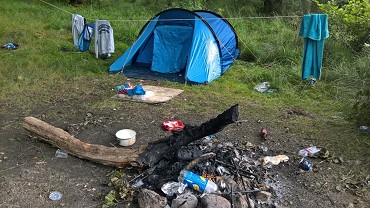
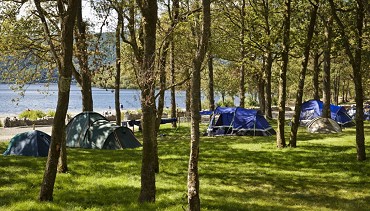


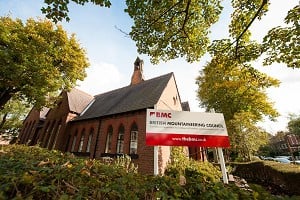








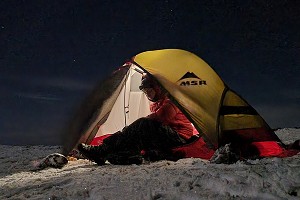
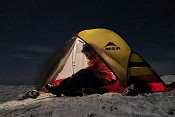
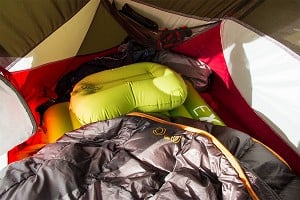
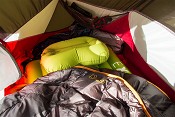
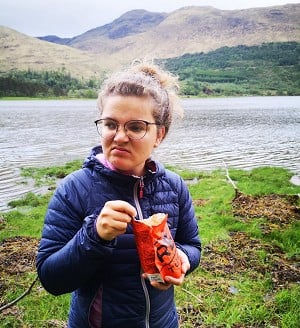
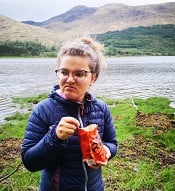
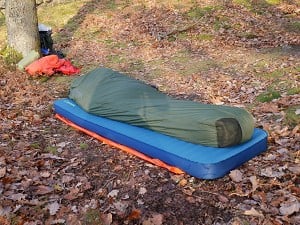
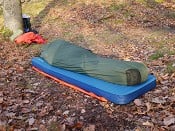




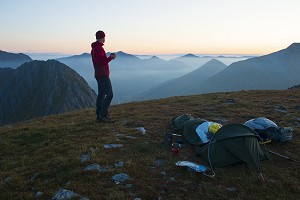



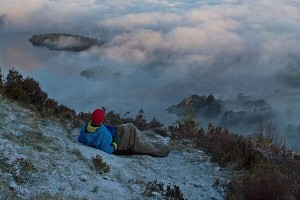
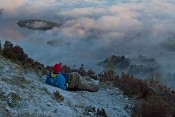
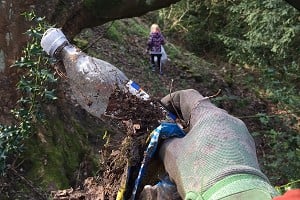
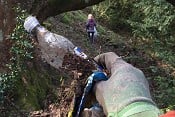
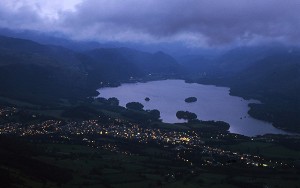

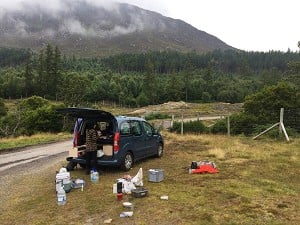
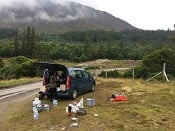
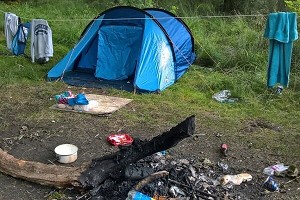
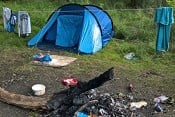
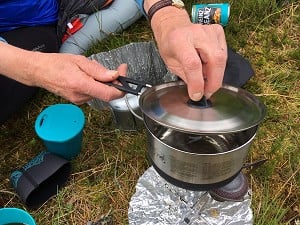
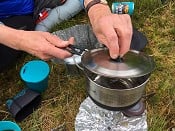
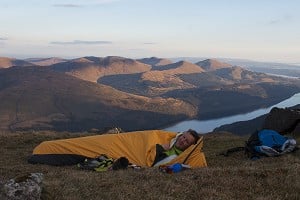
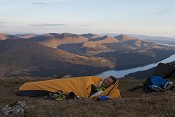
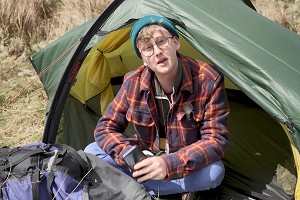

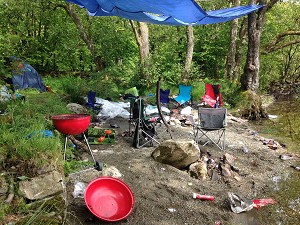

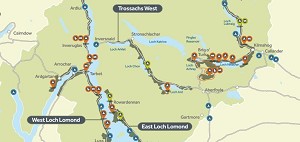



Comments